The Hiker Trash Commandments: 7 Tips for First-Time Thru-Hikers

(Words: Mikaela Mulhall)
So you’re thinking about doing a thru-hike? You’re imagining days on end of expansive views, inspiring landscapes, introspection and new friends with trail names like “Bigfoot” and “Meadowlark”. All these things (and more) are likely to happen on a thru-hike. There will also be blisters, rolled ankles, bug bites and BO. Lot’s of BO. It’s all part of the magic that makes a long distance hike special. But there is some basic info and helpful hints that every first time thru-hiker should know. Follow these “7 Hiker Trash Commandments” and your first thru-hike will be a little less of a sufferfest.
What Is a Thru-Hike?
A thru-hike is an end-to-end long term backpacking trip that can last days to weeks to even months. Maybe the Pacific Crest Trail (PCT), Appalachian Trail (AT), and Continental Divide Trail (CDT) are coming to mind. These three trails are known as the Triple Crown of Thru Hikes. Combined they’re over 7,500 miles long. But not to fear! There are many lesser known thru-hikes and short-term thru-hikes accessible for all different experience levels. Another option for beginner thru-hikers is to do a section hike, which would have you hike shorter sections of these longer trails.
In researching or planning a thru-hike, you might find that it can be overwhelming to take in all of the information available on the internet. That’s why we’ve boiled down the essential tips and info for beginner thru hikers into the “7 Hiker Trash Commandments” (hiker trash is a term of endearment for thru hikers). We hope you find this list helpful as you embark on the voyage of a lifetime.
**It is important to note that due to COVID19, there are quite a few trail closures and restrictions to protect the safety and health of all of those enjoying these areas. Please be sure to research your local trail associations before planning long (or short) thru hikes to make sure you are following current guidelines. The Pacific Crest Trail, Appalachian Trail, and Continental Divide Trail are all currently affected by closures and usage restrictions in efforts to stop the spread of COVID-19.
Commandment #1: Train, Train, Train
Whether you are planning to do a thru-hike of the entire Pacific Crest Trail or a shorter section hike, it is absolutely essential that you train leading up to it. A simple Google search will lead you to countless training ideas as you plan your perfect thru-hike. Fundamental physical training includes cardio, strength, and stretching components. Since you are going to be on your feet for long periods of time, training with hikes, walks, and runs is going to be your best bet. For both cardio and strength training, many thru-hikers have found it beneficial to train with a weighted pack to get accustomed to the added weight and load that will be on your muscles everyday.
It’s worth noting that thru-hikes don’t only require physical strength, but also lots of mental strength and will power. Just like you need to train your legs to be hiking up to 20 miles a day, you also need to mentally train to overcome challenges and blocks you may face on the trail. Some ideas to train your mind are to take a hike in unfavorable weather or practice hiking alone (especially if you are doing a solo trek). Meditation is also a recommended mental training method for thru-hikers (and fun to practice in the backcountry!).
Commandment #2: Budget
An often overlooked step in planning a thru-hike is budgeting. Budgeting for a thru-hike includes your finances during the trip, but also ensuring you will be able to land on your feet when you’re done. Because, let’s face it - you definitely won’t be working from the trail! The most important thing to do is plan out your budget and save money well in advance of your journey. Get on that computer and do your research to know what your expenses are going to be, and then make sure you’re going to be able to cover them. Some ways you can help your trail finances go further is to borrow gear from friends, drop the bougie trail food and replace it with grains or noodles, and spend less time in town. Staying within your budget and ending your thru-hike feeling financially sound will make the journey more enjoyable.
Commandment #3: Keep it light
The last thing you want on your first thru-hike is to feel like a pack mule going up the switchbacks on a steep trail. Keeping your gear as light as possible will spare you countless aches and pains, and can even be the difference between sustaining an injury and having to bail, and finishing the hike. Experienced ounce-counters have developed endless ways to minimize pack weight such as cutting off the end of toothbrushes and dehydrating all of their food. Nowadays, you can find ultralight options for all the essential thru-hiking gear, like our Ultralight Carbon Trekking Poles – a thru-hiker favorite. Overall, maintaining a light pack is pivotal for all thru-hikers, whether it’s hike no. 1 or hike no. 100.

Commandment #4: Hike Your Own Hike
This commandment is a phrase you’ll hear a lot out on the trail. Its meaning is pretty self explanatory, but, in essence, don’t tell others how to hike and don’t let others tell you how to hike. This thru-hike is your own personal journey. When researching how to plan and execute your first trip as thru-hiker, it will be easy to become overwhelmed with the amount of tips on how to do everything. The truth is that your journey is no one else’s journey. Your prep, your goals, your attitude, your pace – it’s all up to you. Even when you get out on the trail and make friends (who will quickly turn into family, but more on that later), you need to stick to your interests rather than conforming to the goals and plans of those you meet. The commandment is so important because only you know what your body, mind, and hiking spirit can handle. It’s really commandment #1.
Commandment #5: Listen to Your Body and Treat It Well!
If there is one thing to really emphasize to those just starting their journey of thru-hiking, it’s to listen to your body. The body is a complex system and when it needs something, it usually speaks up. You just have to listen. Two points of emphasis for thru-hikers are what we like to call the “Two F’s”: feet and food.
Taking care of your feet is a matter of thriving vs. barely surviving. Start by using a good pair of trekking poles to take weight off your feet and minimize the risk of rolled ankles. Wear good, dry socks and shoes and make sure to air out your feet and keep them as dry as you can (wet, sweaty skin blisters more easily and can grow fungus, yuck!). If you do get a dreaded blister (and you will), it is important to treat it immediately instead of waiting until it gets worse and could create a dent in your plans. Carry moleskin, bandages and tape as well as typical antiseptic ointments for this.
Food is what fuels your body and makes your journey possible. Make sure to eat food that’s nutrient rich and calorie dense. Although there is a huge benefit to the minimized weight of dehydrated food and typical backpacking food, it is also important to be eating fresh and real items too, whenever possible. If your body isn’t digging what you’re giving it to eat, it will let you know (which reminds me of commandment 6a: carry enough toilet paper and toiletries to at least maintain some semblance hygiene). Listen to your gut and adjust from there.

Commandment #6: Be Friendly
“Trail magic” is a term you will quickly learn as a beginner thru-hiker. It can mean many things, but in general it’s used to describe a moment where the trail provides exactly what you need–a cold soda gifted by a day hiker, a break in the weather, the perfect words of encouragement after a rough day on trail. Some of your best days on the trail are bound to be the days where you tell stories around a campfire or pass time with your trail family. There is no doubt that you will make friends on the trail and each person has a unique trail name, which are quite entertaining. Many people end up on the same hiking schedule, and the friendly, inviting nature of thru-hikers creates a vibrant social scene on the trails. Don’t be afraid to put yourself out there and maybe even meet your new best trail friend.
Commandment #7: Set Goals (but don’t be too strict)
Goals are an extremely helpful way to stick to your plans and to feel a sense of achievement at the end of the day, and more importantly at the end of your thru-hike. Many hikers like to create daily mileage goals to keep them on the pace they would like to be hiking at. Some hikers even create goals within the day (ex: a mileage goal to be at for lunch and the end of the day). While goals are important, so is flexibility. Plans are bound to change on the trail, and adaptability is key. Be patient and forgiving to yourself if something causes you to miss a goal. There is always tomorrow to get back on track! Hard days are inevitable and on those days, you need to go back and remember the broader purpose of your journey. Keep on trekking and dig deep to find that strength and grit that lead you to the trail in the first place.

These 7 Hiker Trash Commandments are an ideal starting point for your next (first?) long distance hike, but there are infinite rabbit holes and pro tips not included here. But while you can read trip reports and hiking hacks on Google all day, most of what you learn will ultimately be on the trail. Surely you will find individual thru-hiking tips that work great for you, so if we missed your favorite one, let us know in the comments! And let us know where you are planning that next trip!
-
Shop the gear from this post:




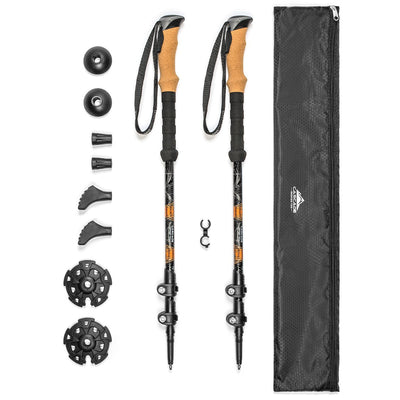
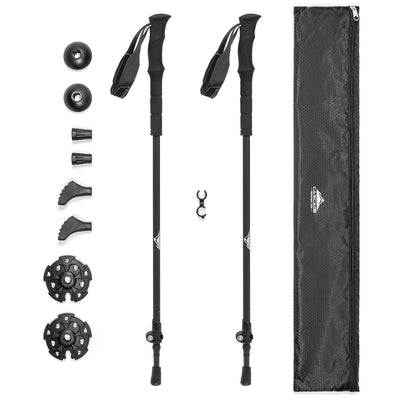
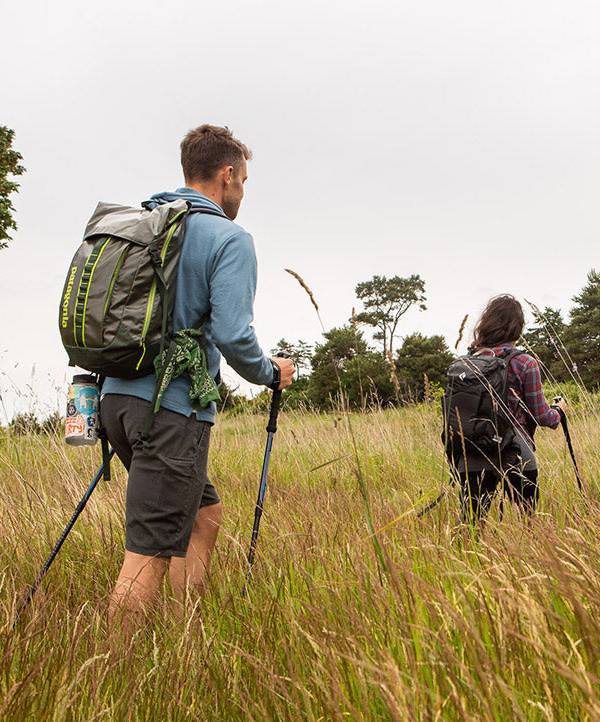
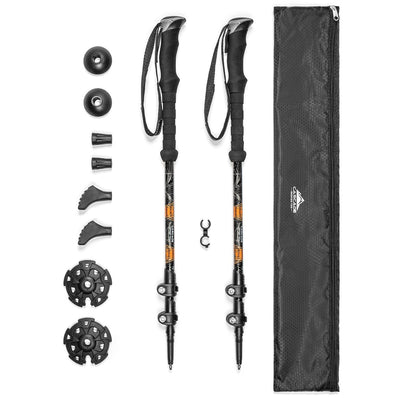

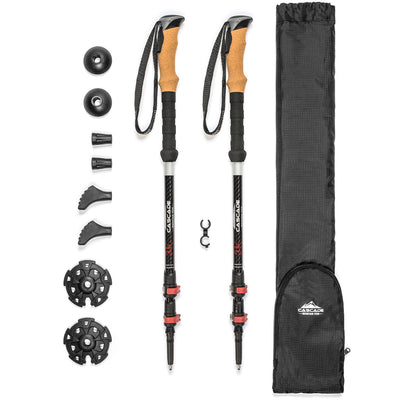
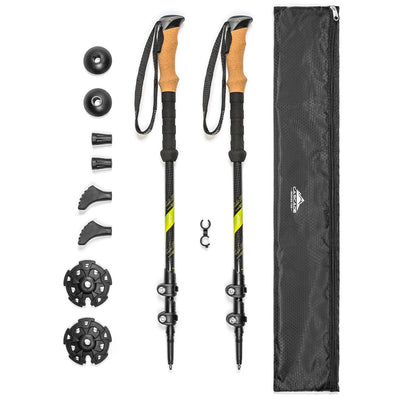
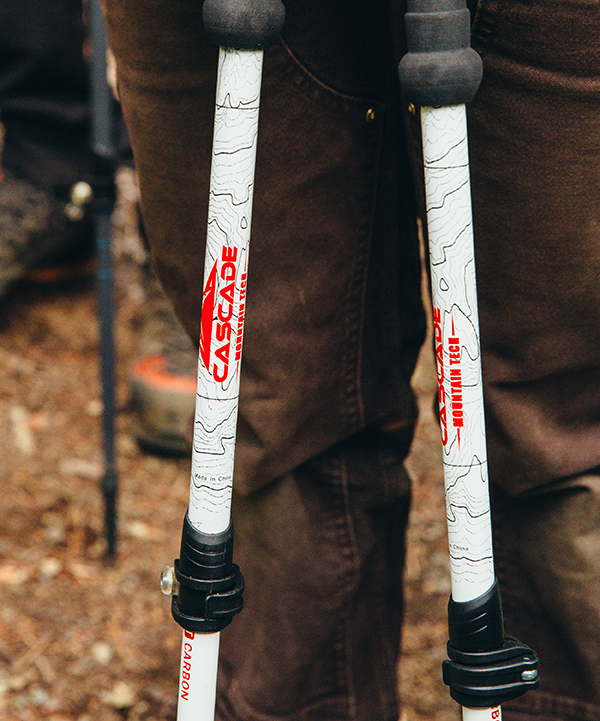
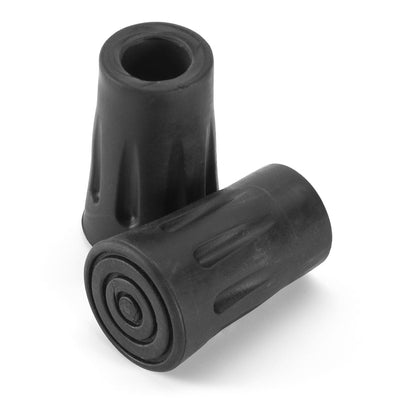
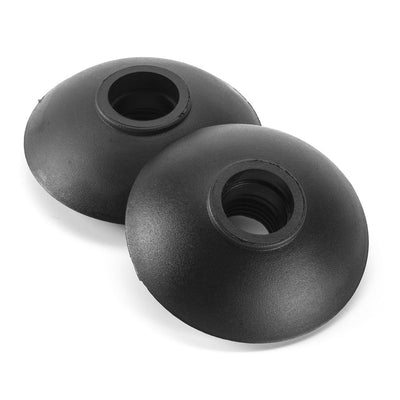
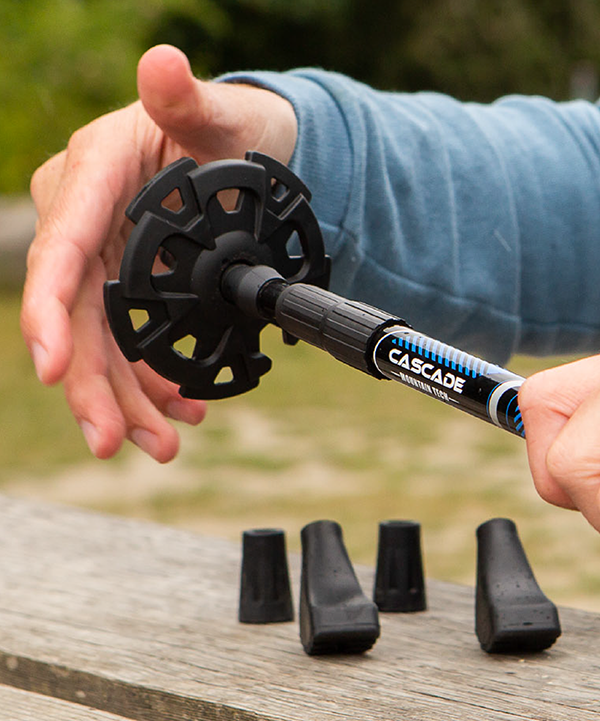
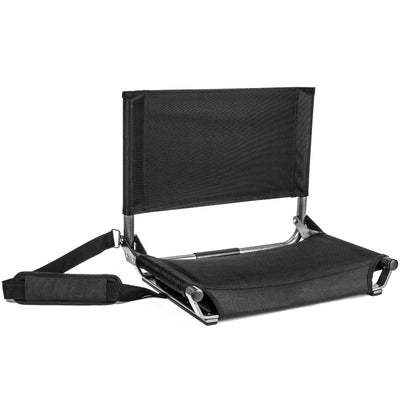
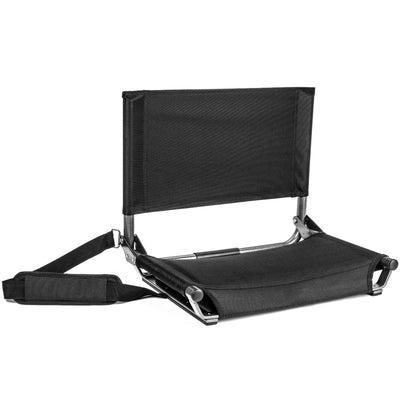

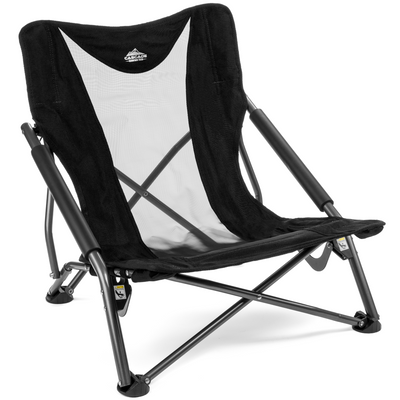
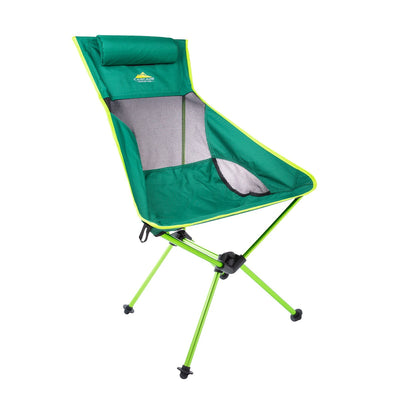
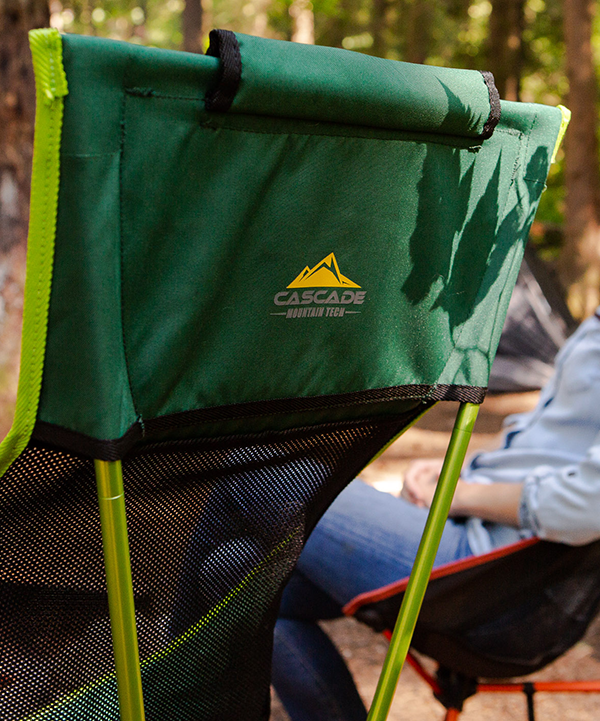
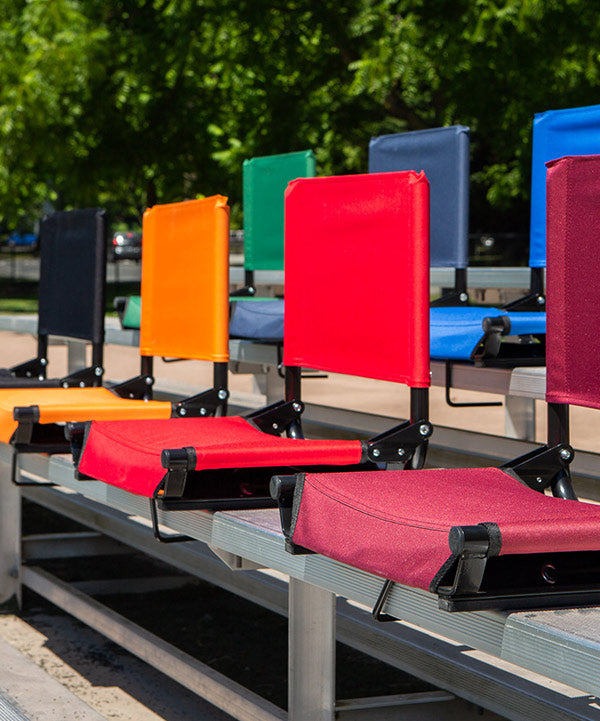
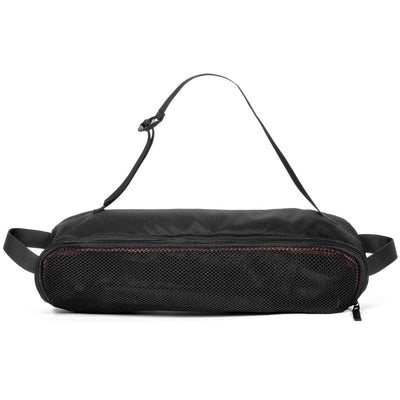
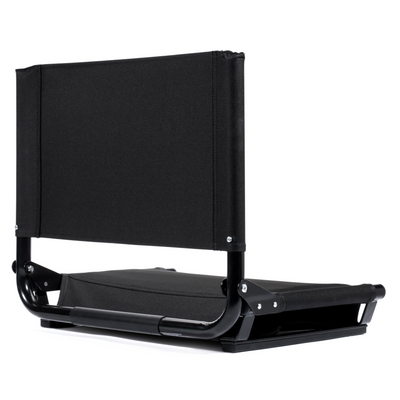
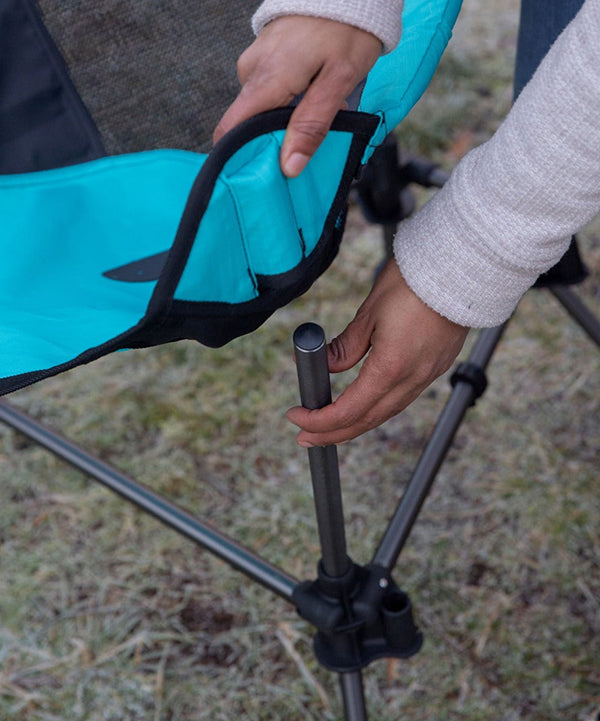
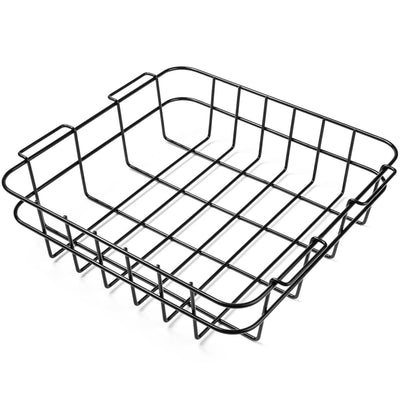
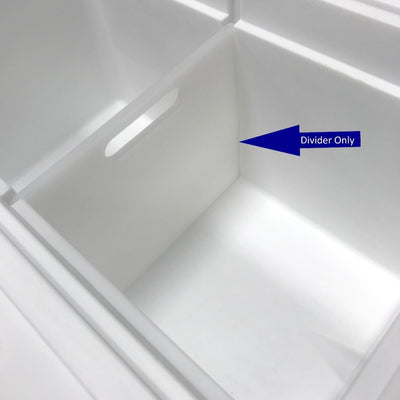
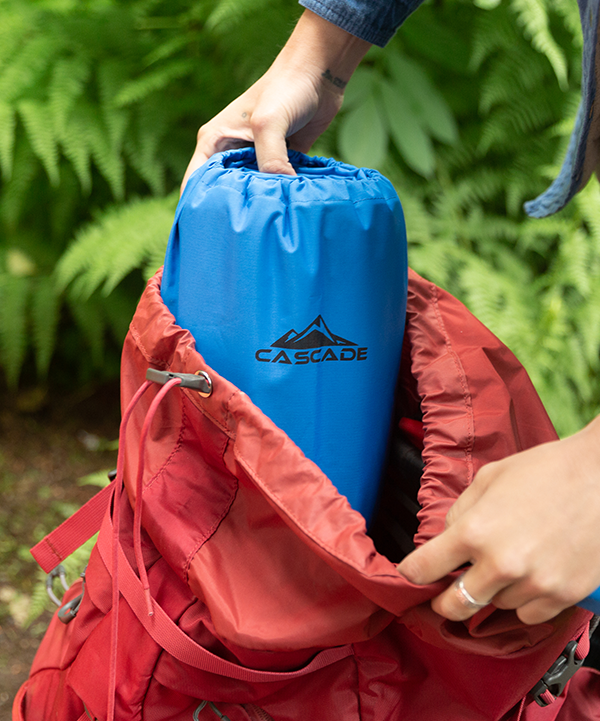
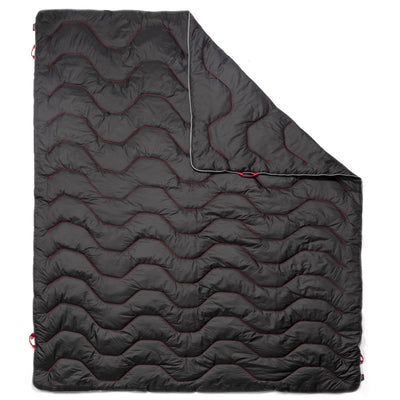
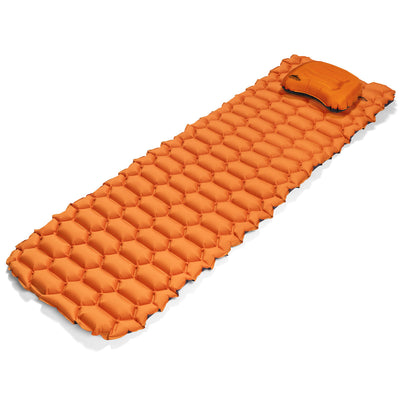
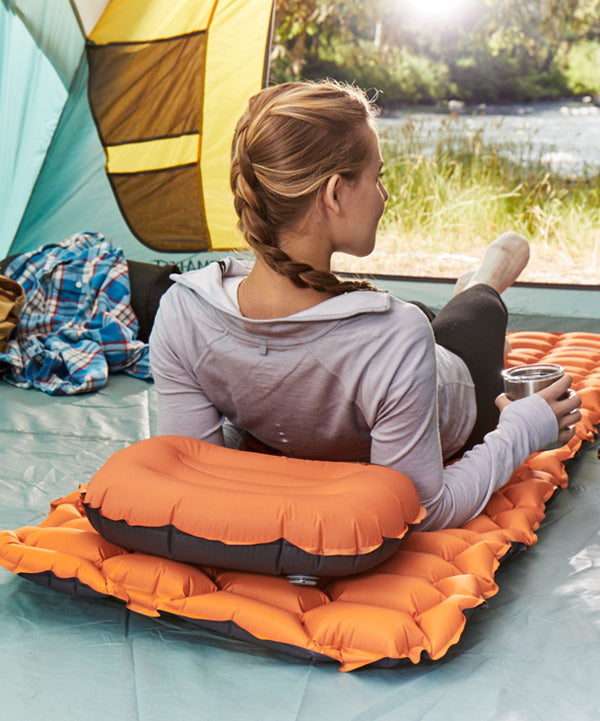
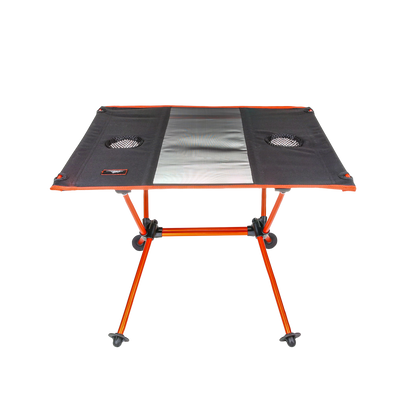
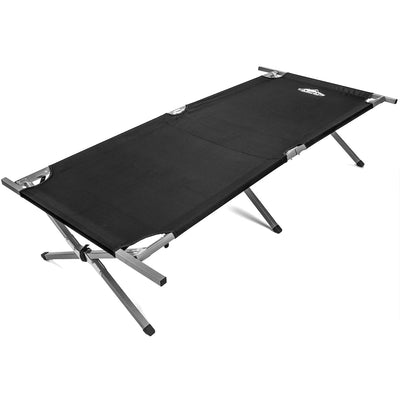
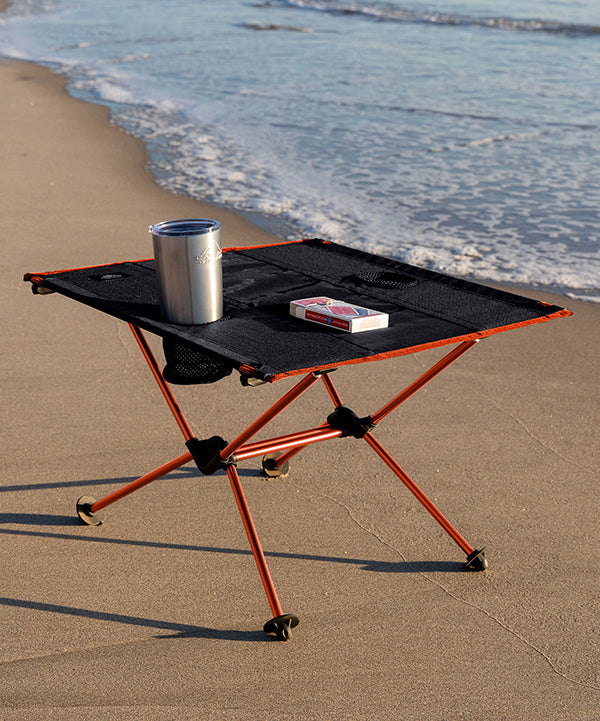
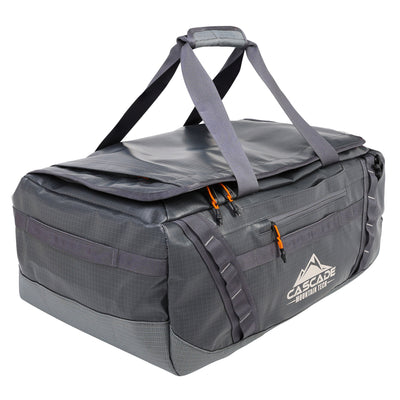
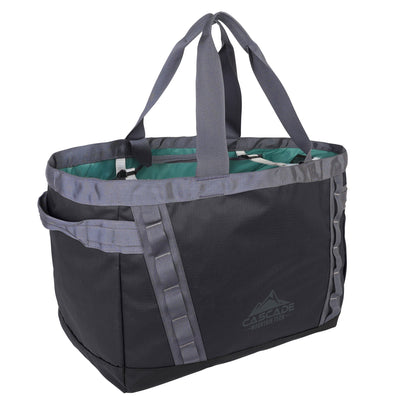

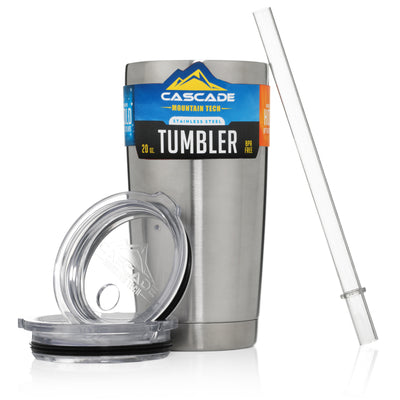
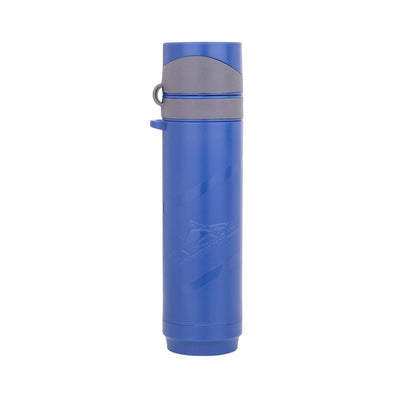
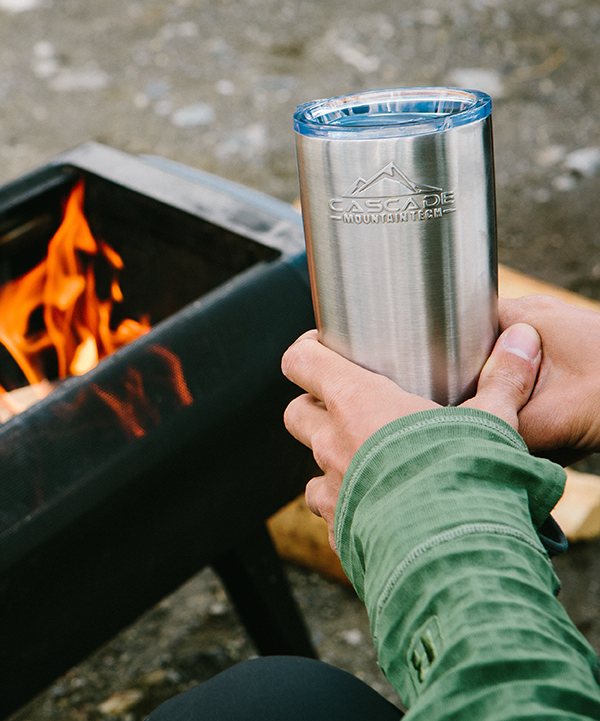
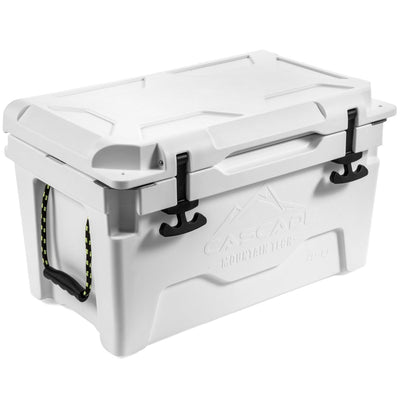
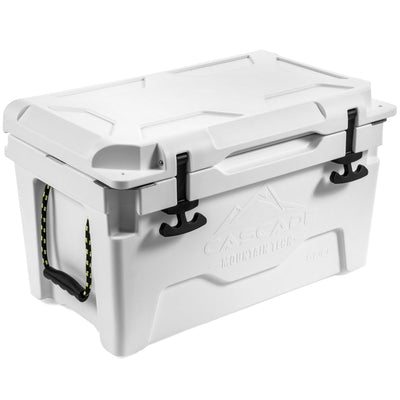
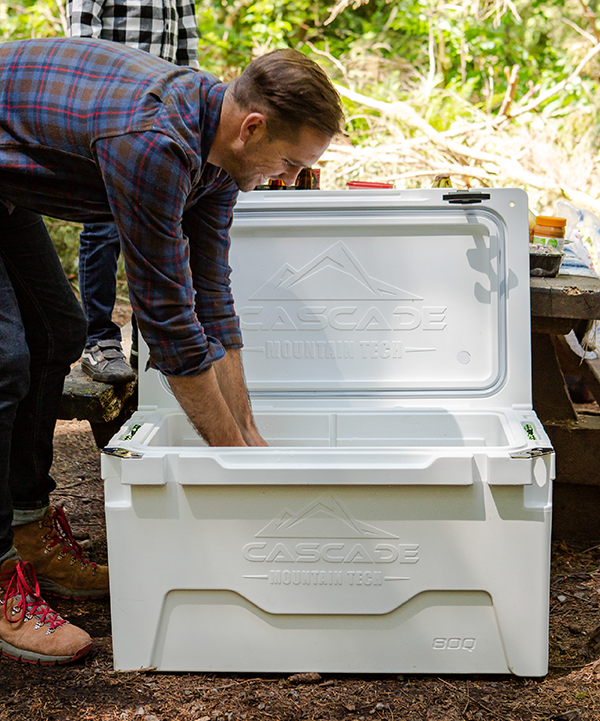
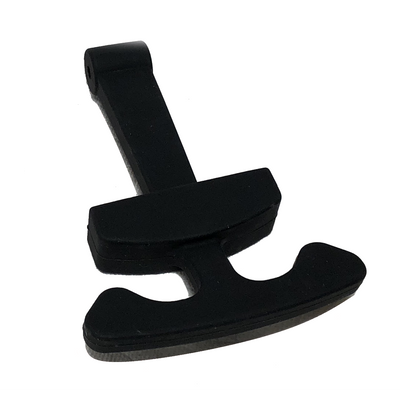
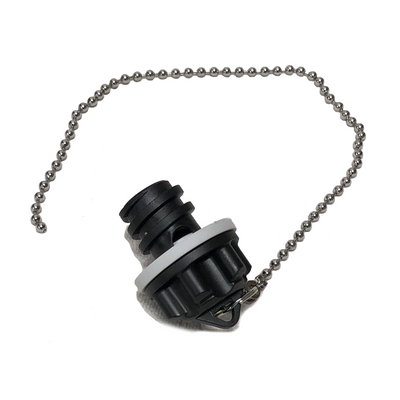
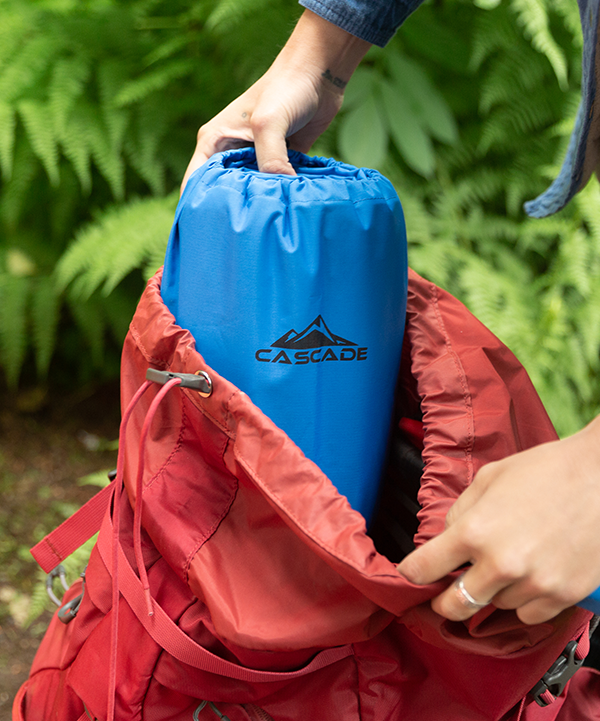
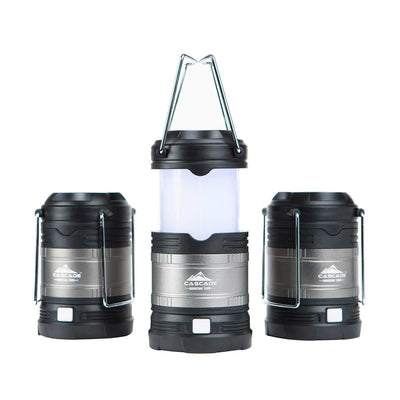
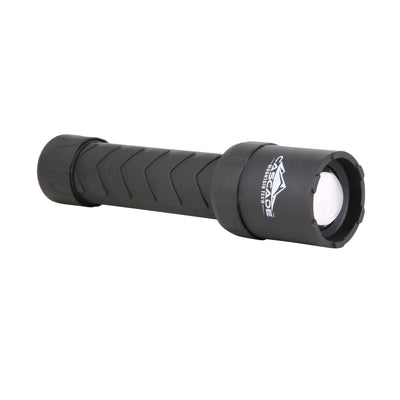
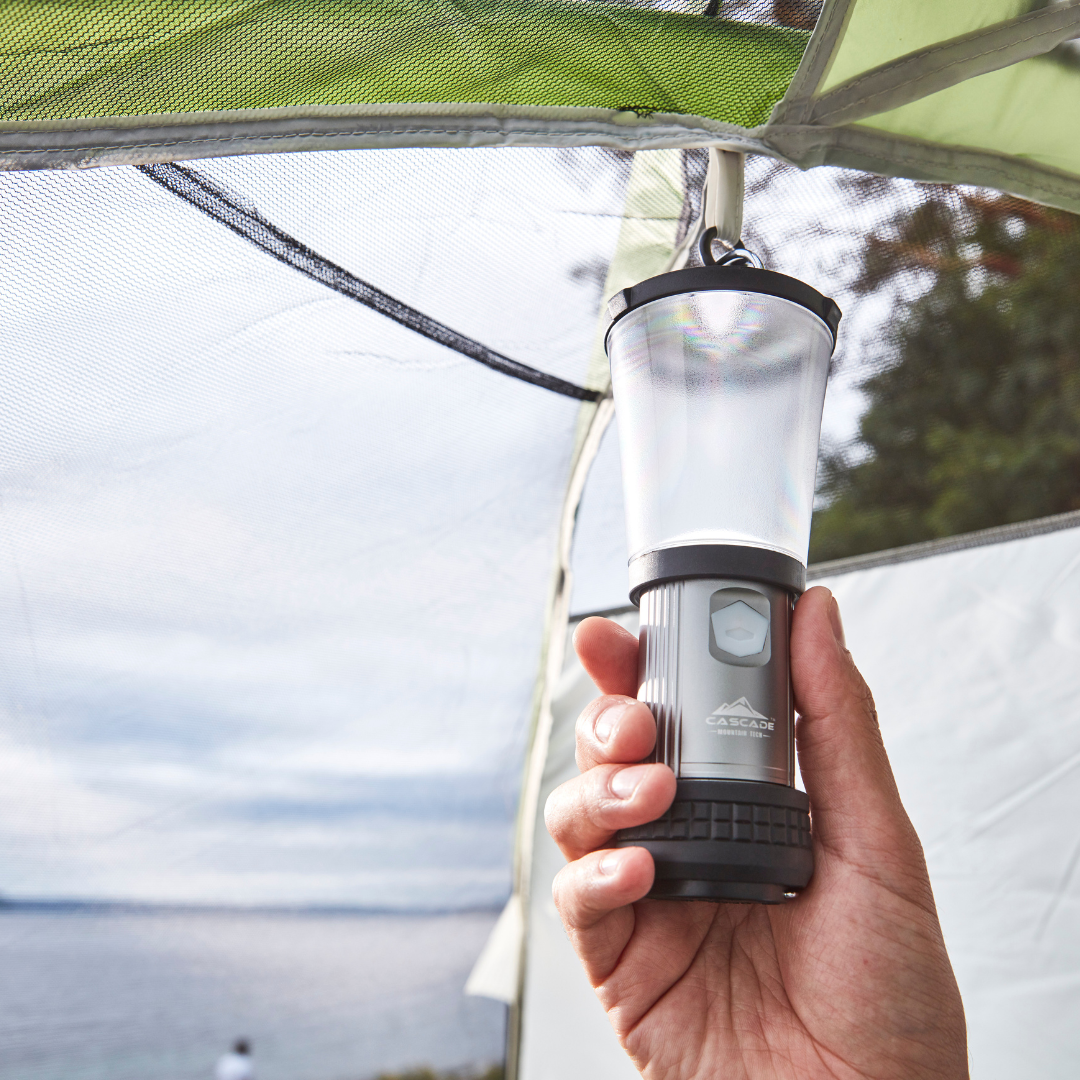
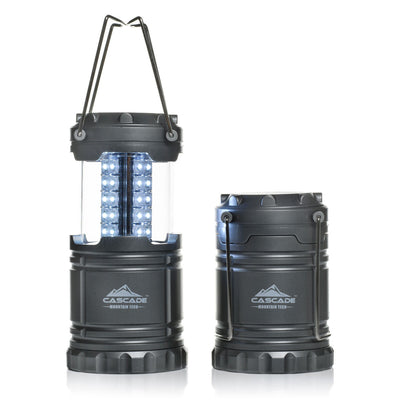
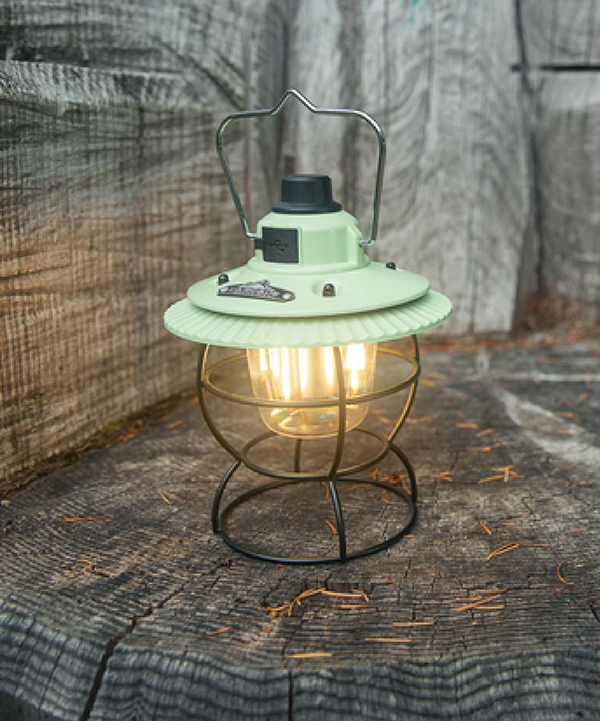
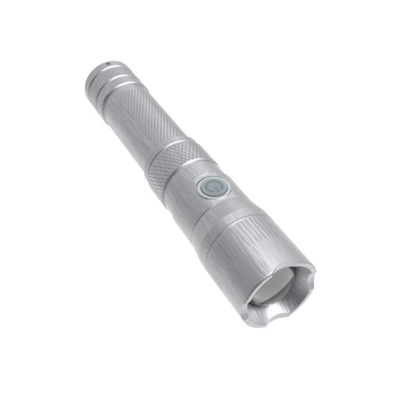
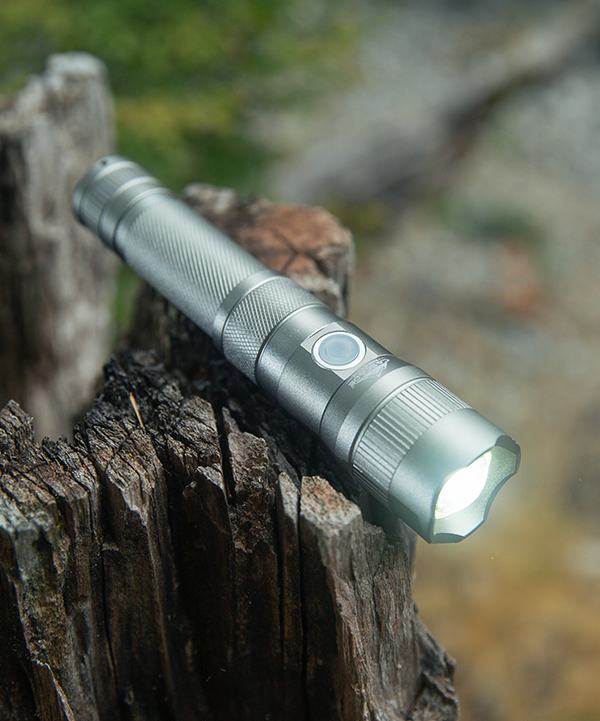
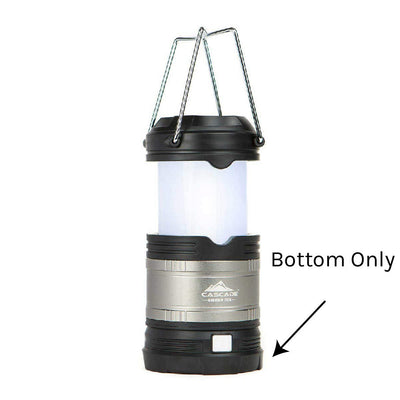
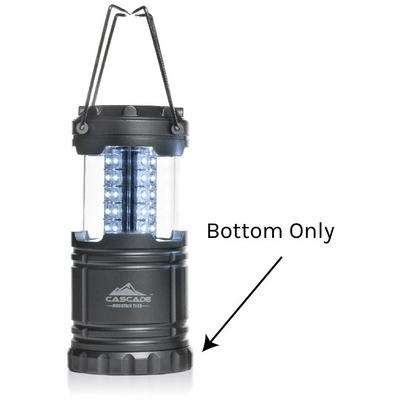
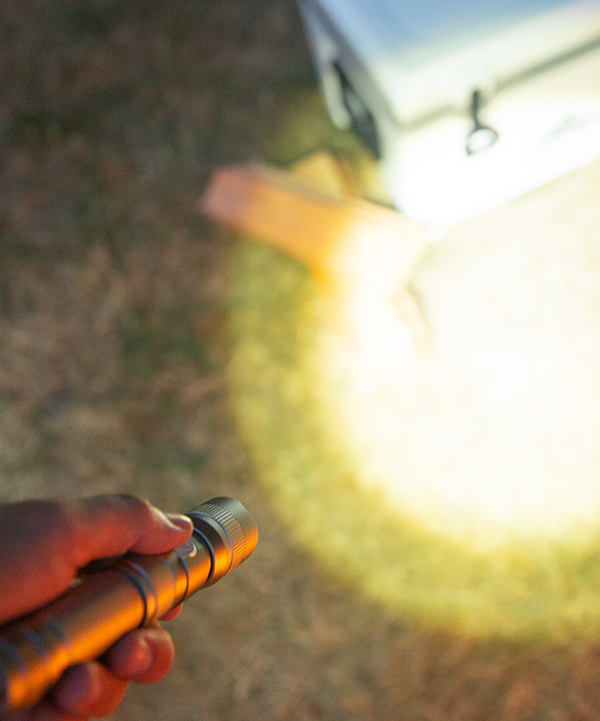
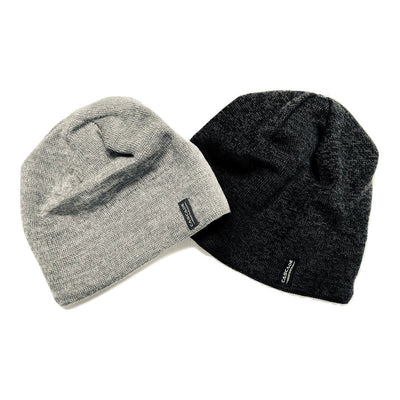
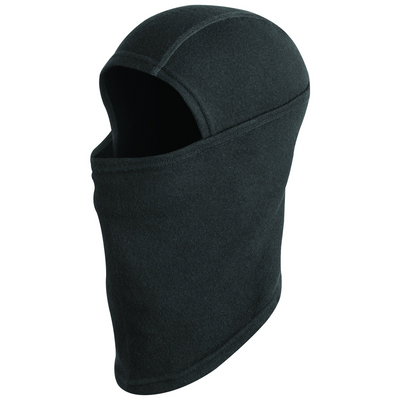
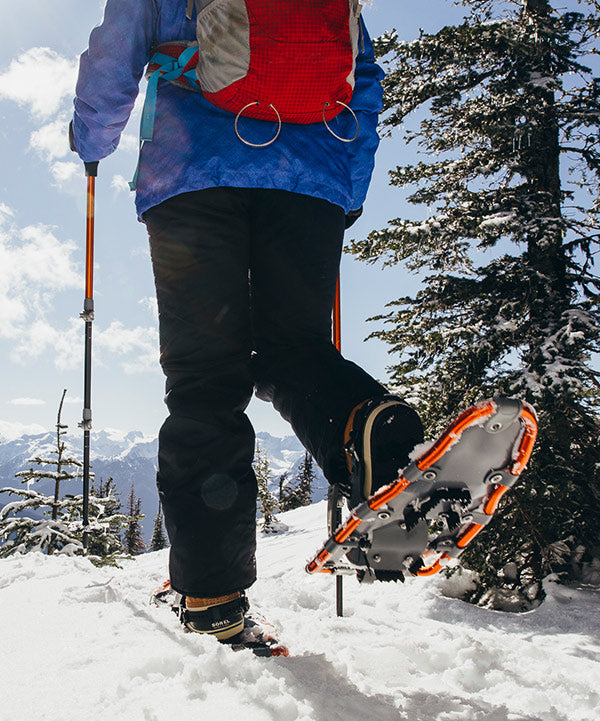
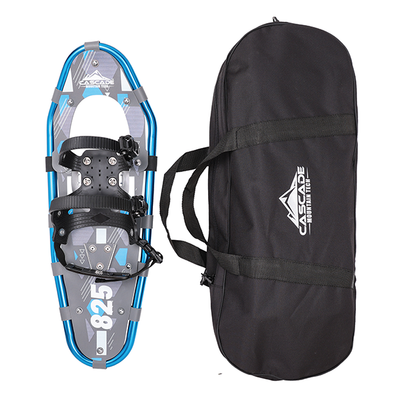
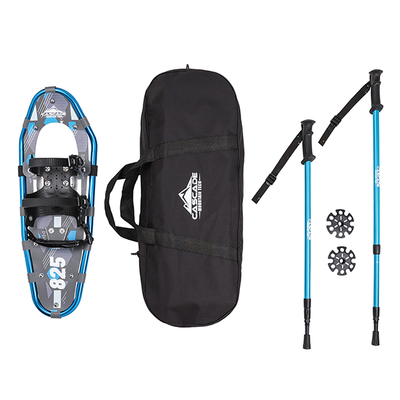
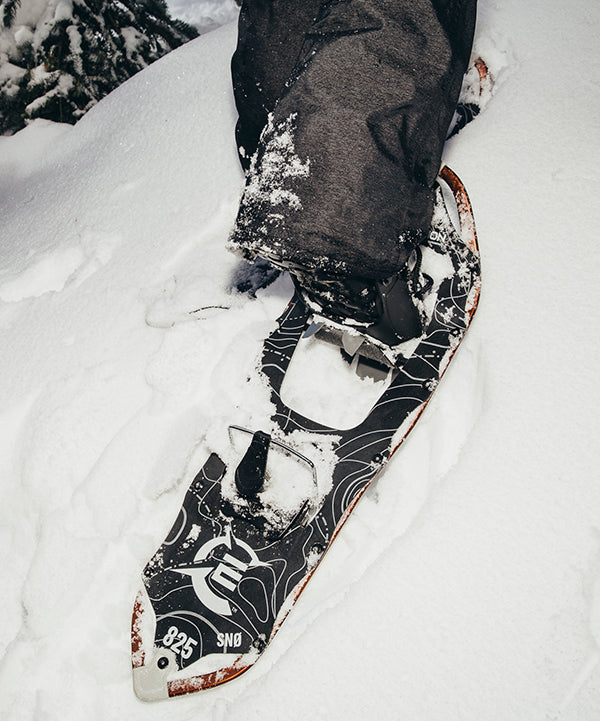

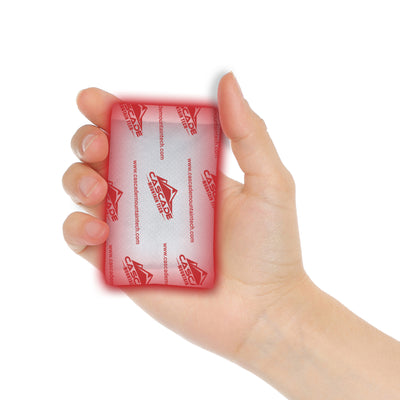
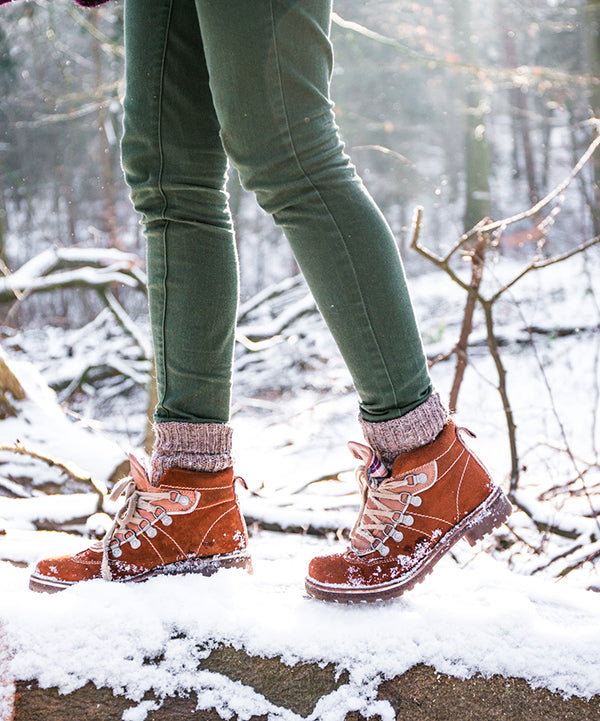
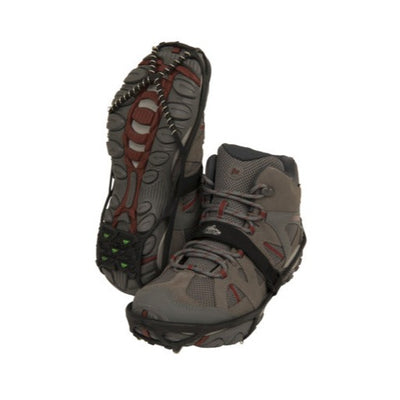
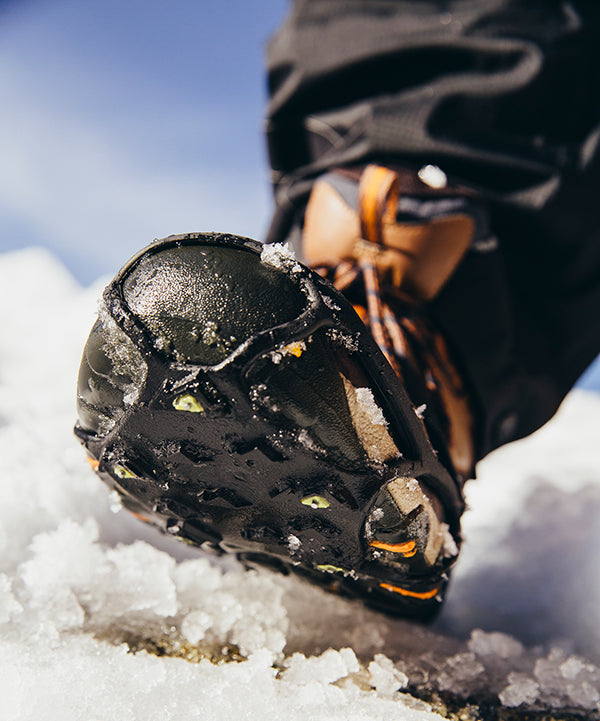
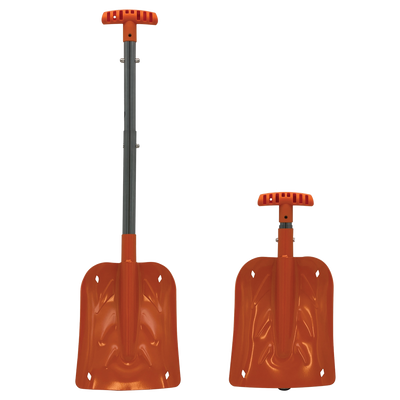
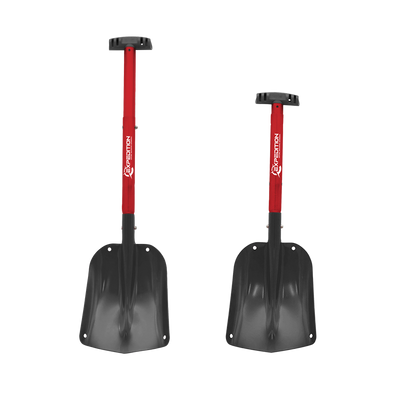
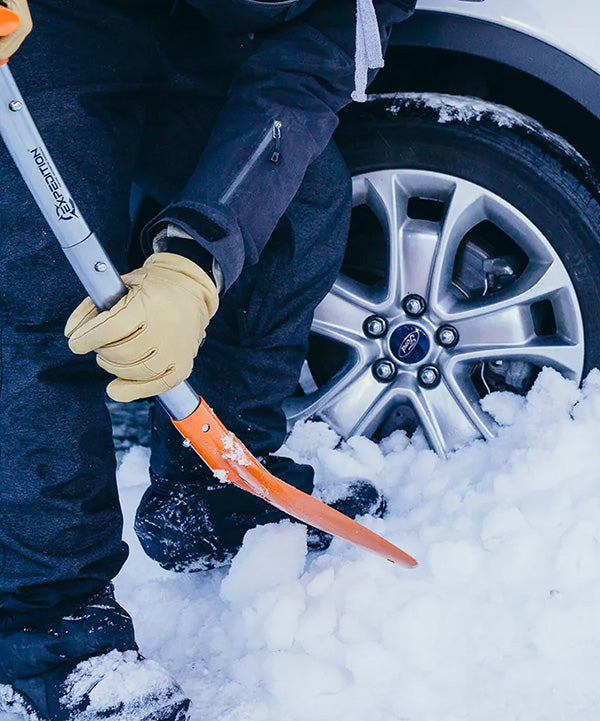

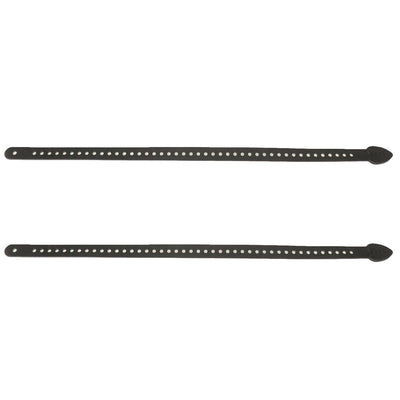
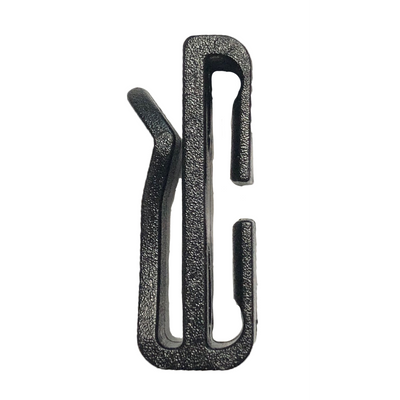
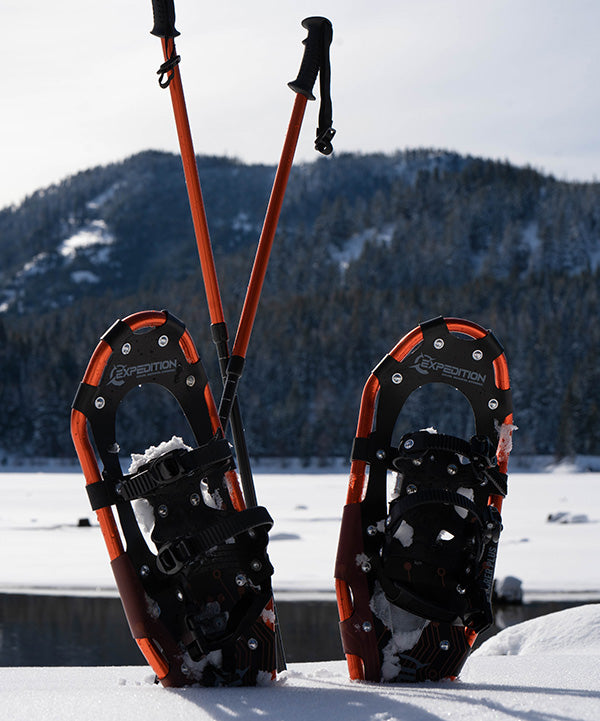













Leave a comment